Servo PWM Pi
In stock, ships same business day if ordered before 2PM
Delivered by Tue, 13th of Jan
Quantity Discounts:
- 10+ $20.60 (exc GST)
- 25+ $19.95 (exc GST)
The Servo PWM Pi is a 16-channel, 12-bit PWM controller for the Raspberry Pi, suitable for driving LEDs and radio control servos. The board is based around PCA9685 PWM I2C LED controller IC from NXT and can drive each of the 16 outputs with 12 bit (4096 steps) duty cycle from 0% to 100%.
The output frequency is programmable from a typical 40Hz to 1000Hz. Each output driver is programmed to be either open-drain with a 22 mA current sink capability at 5 V or totem pole with a 22 mA sink, 10 mA source capability at 5 V. 220R current limiting resistors are used on each channel allowing you to connect servos or LEDs directly to the outputs.
The PCA9685 contains 5 I2C address selection pins which can be configured using solder bridges on the Servo PWM Pi Zero PCB. Using different I2C addresses on your Servo Pi allows you to stack several boards on a single Raspberry Pi, see the data-sheet for more details on I2C address selection. The active LOW Output Enable input pin (OE) on the PCA9685 allows asynchronous control of the LED outputs and can be used to set all the outputs to a defined I2C-bus programmable logic state. The OE can also be used to externally ‘pulse width modulate’ the outputs, which is useful when multiple devices need to be dimmed or blinked together using software control. The OE pin can be connected to pin 7 (GPIO 4) on the Raspberry Pi GPIO port by bridging the solder pads on the Servo Pi marked OE.
Connecting RC Servos
The Servo Pi is only compatible with analogue RC servos, digital servos will not work. While the Servo Pi uses a 12 bit (4096 step) controller due to the way RC servos are designed only approximately 200 steps will be available for controlling the servo. You can find an example python library for controlling an RC servo at https://github.com/abelectronicsuk/ABElectronics_Python_Libraries/tree/master/ServoPi
Powering the Servo PWM Pi
For safety reasons the Servo PWM Pi is not connected to the 5V power rail on the Raspberry Pi.
Due to the high currents used on radio control servos and other PWM devices it is recommended that you use an external 5V power supply to power the Servo Pi. External power can be provided through the 5V and GND pads on the Servo PWM Pi Zero. If you use two power supplies, one for the Raspberry Pi and one for the Servo Pi please ensure that the ground wires on the two supplies are joined and do not have any potential difference between them. Any potential difference between the grounds could damage the Raspberry Pi and yourself.
If you are using the Servo PWM Pi for low current applications, below 300mA, you can power the Servo PWM Pi through the 5V pins on the Raspberry Pi GPIO port by bridging the “PWR Link” pads with a blob of solder.
Bridging the “PWR Link” pads will also allow you to power your Raspberry Pi from the Servo Pi power pins using an external 5V power supply but please note this will bypass the internal fuse on the Raspberry Pi leaving it vulnerable to damage from short circuits on any of the GPIO pins.
Specifications
- Supply Voltage: 2.3V to 5.5V
- Voltage on any input/output pin: Vss to 5.5V
- Logic Voltage at GPIO I2C Port: 3.3V
- Output Current On Each Pin: 25 mA
- Total Maximum Current: 400 mA
- Total Power Dissipation: 400 mW
Documents
Exact shipping can be calculated on the view cart page (no login required).
Products that weigh more than 0.5 KG may cost more than what's shown (for example, test equipment, machines, >500mL liquids, etc).
We deliver Australia-wide with these options (depends on the final destination - you can get a quote on the view cart page):
- $3+ for Stamped Mail (typically 10+ business days, not tracked, only available on selected small items)
- $7+ for Standard Post (typically 6+ business days, tracked)
- $11+ for Express Post (typically 2+ business days, tracked)
- Pickup - Free! Only available to customers who live in the Newcastle region (must order online and only pickup after we email to notify you the order is ready). Orders placed after 2PM may not be ready until the following business day.
Non-metro addresses in WA, NT, SA & TAS can take 2+ days in addition to the above information.
Some batteries (such as LiPo) can't be shipped by Air. During checkout, Express Post and International Methods will not be an option if you have that type of battery in your shopping cart.
International Orders - the following rates are for New Zealand and will vary for other countries:
- $12+ for Pack and Track (3+ days, tracked)
- $16+ for Express International (2-5 days, tracked)
If you order lots of gear, the postage amount will increase based on the weight of your order.
Our physical address (here's a PDF which includes other key business details):
40 Aruma Place
Cardiff
NSW, 2285
Australia
Take a look at our customer service page if you have other questions such as "do we do purchase orders" (yes!) or "are prices GST inclusive" (yes they are!). We're here to help - get in touch with us to talk shop.
Have a product question? We're here to help!
Videos
View AllGuides
Raspberry Pi 5 Vs Raspberry Pi 4 Model B | Comparison & Benchmarking
Raspberry Pi 5 | Review, Performance & Benchmarks
How to use a PiRelay HAT for Raspberry Pi - Multiple Relay Control with Voice or GUI
How to use Stepper Motors and DC Motors with a Raspberry Pi - Adafruit DC & Stepper Motor HAT
Projects
safePower
ESP32 IR-Triggered Camera with Home Assistant Integration
LuMa 1 - The Neo Disco Ball
Educational Workshops
Raspberry Pi Workshop for Beginners
Makers love reviews as much as you do, please follow this link to review the products you have purchased.

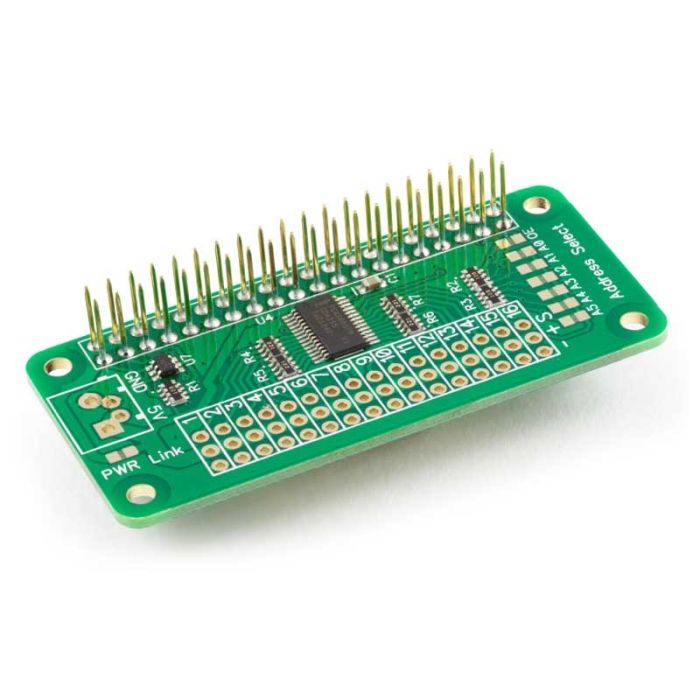

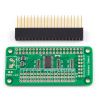
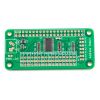


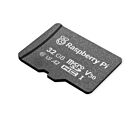






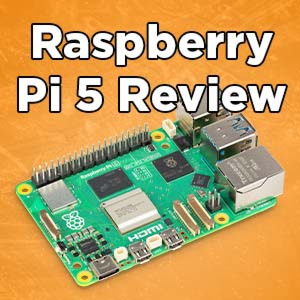

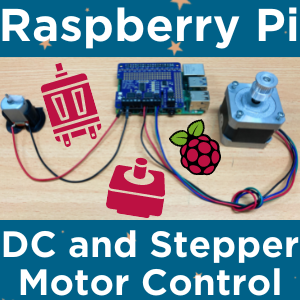
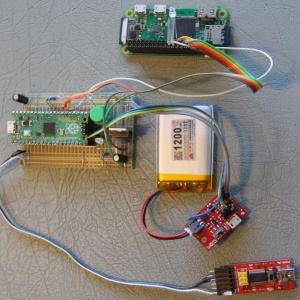
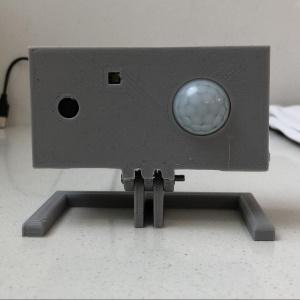
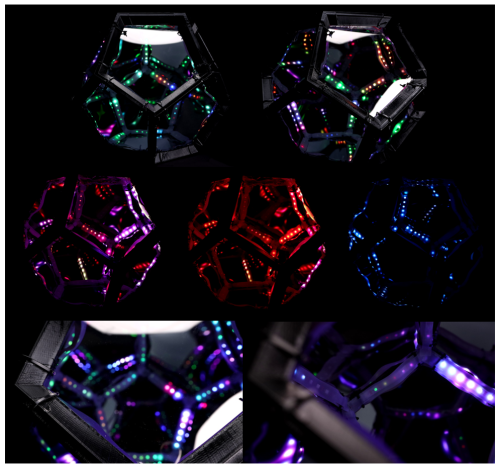
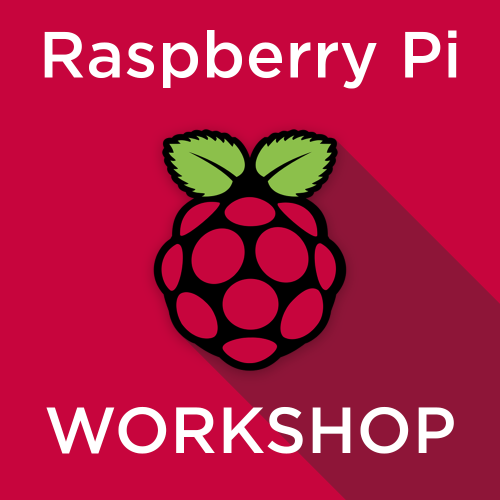

Product Comments